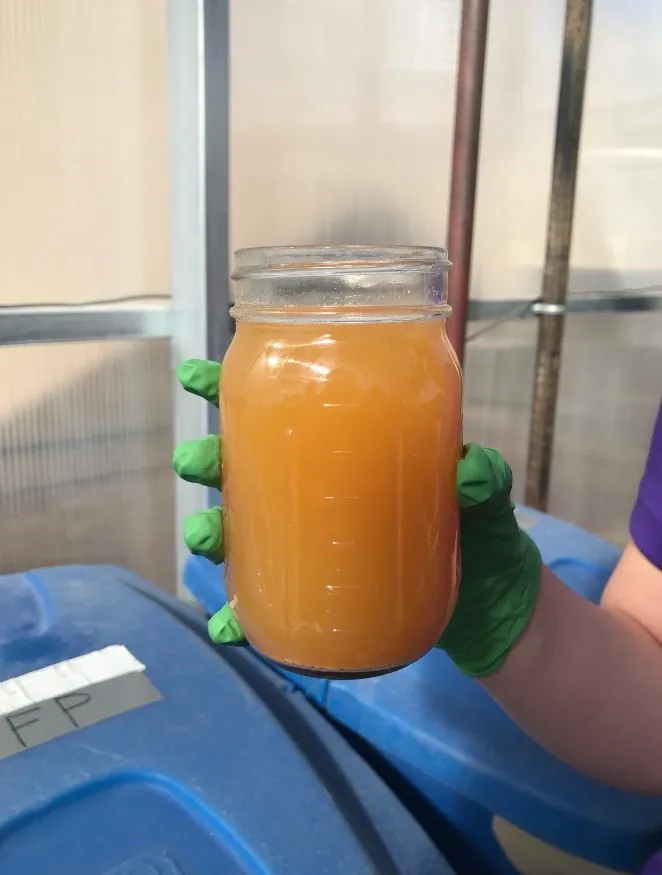Blog
Composting: In Your Home
By: Alexandra Pettit, AZFB Communications Intern
Composting is a fun and easy way to reduce your carbon footprint as well as to give plants a healthy organic source of fertilization. There are many ways one can compost but for someone who is living in an apartment or an urban area, outdoor composting might not always be your best option.
Bokashi is a form of indoor composting that is very easy and extremely nutrient rich for plants. Bokashi was invented by Dr. Teruo Higa in Japan. In Japanese bokashi means fermented organic matter.
This method is eco-friendly and can be done easily in one’s kitchen. Bokashi is actually an anaerobic fermentation process which means it thrives on the absence of oxygen. The whole process takes about two weeks. The process of setting up your own Bokashi composting system is extremely simple and will only take a couple of minutes. There are kits that you can purchase online that help make this whole process easier.
The steps
The first thing that you need is an airtight container of some sort that has an easily accessible drain or tap at the bottom (this will help you get all of the “tea” or compost when your bokashi is complete).
The second thing you will need is Bokashi mix, this usually consists of wheat bran with a special mixture of microorganisms. You can typically buy this product on amazon or sometimes it is even included in a bokashi kit. There are also several recipes online so that you can make it yourself.
Lastly, you need to collect food scraps. The types of food products that can be used are things such as meat products, dairy products, fruit and veggies, egg shells, bread and pasta. Unlike other composting methods Bokashi can recycle almost 100% of your food waste. When thinking about the food waste to put in your bucket try to steer clear of greasy foods, greasy foods are not always the best foods when it comes to composting.
How to Put Together
Take your bucket and place it somewhere in your kitchen or anywhere in your home that is easily accessible, making sure that the grate is firmly placed in the bottom and that the tap is in the off position. Then you will place all of your food waste in the bucket, take one handful of the mix and stir it in with the food scraps. Keep in mind about 1 tablespoon of mix for about every cup of food waste. Then take a plastic bag and press down on all of the scraps, you are trying to get as much air out as possible. Leave the plastic bag on to and make sure the lid is securely shut, keeping out any extra air. Try to avoid opening your bucket every time you have food scraps, your best bet is to place your scraps In once a day adding more of the mix when needed.
Make sure that you are draining the “Tea” about once a week. This is what you will use for your plants. Take about 1 cup and add it to 1 gallon of water to water your plants.

This is what the “Tea “will look like. It will have a sweet tangy smell to it.
The Results
After about two weeks your bucket should be pretty full and ready to sit. After about two weeks of draining let your bucket sit in a dark cool place to continue to break down. After about two weeks you can transfer the food scraps into a bigger compost system or dig a hole in your garden and use it as fertilizer. When this process is complete rinse out your bucket and starts all over again.
Keeping the Organic Tea Flowing
I recommend keeping two Bokashi buckets going alternating weeks, so you have a consistent flow of “tea” for your plants. If your bucket ever begins to have a foul smell, then something has gone wrong and you need to start the process over. Don’t be discouraged as this happened to me a couple of times.
Overall, this is a fairly easy process and in the long run, is beneficial in lowering your carbon footprint and making your plants very happy.
Editor’s Note: This is one of a three-part composting series.
For more articles like this check out the Fill Your Plate Blog. Looking for some fresh produce? Check out our Farmer’s Market tab to find one near you.
References:
https://www.bokashi.com.au/Bokashi+One/How+it+Works/Step+by+Step+Guide.html
https://www.compostguy.com/bokashi-resource-page/
https://waytogrow.net/blogs/articles/8-steps-to-diy-bokashi-composting
http://thebokashibucket.com/can-put-bokashi-bucket/#comment-1945
















